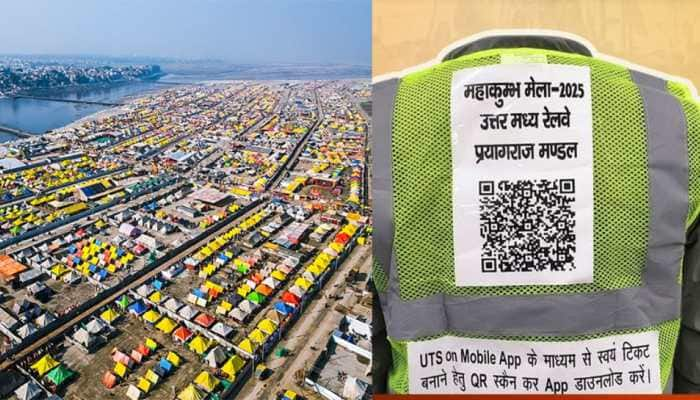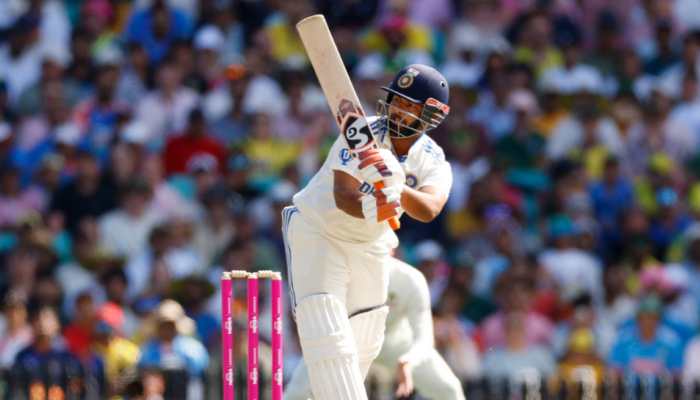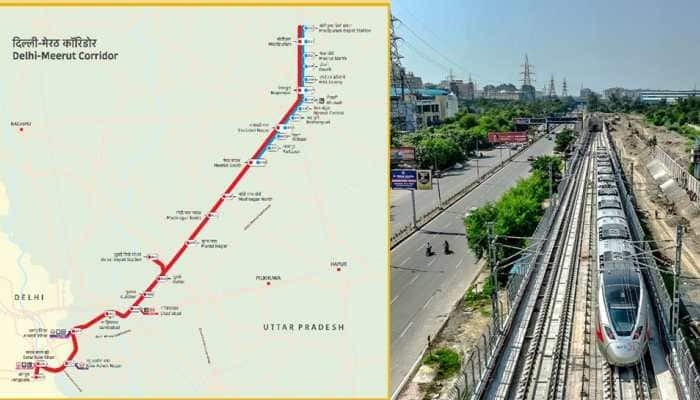Mexico City, supremely vulnerable to quake threats
The quake was "medium strong" according to Yann Klinger, an expert at the Global Physics Institute in Paris.
Trending Photos
) Pic Courtesy: Reuters
Pic Courtesy: Reuters Paris: Built in a natural basin filled with the sediment of a former lake, Mexico City has proved particularly vulnerable to the devastating effects of earthquakes, seen once again with a 7.1-magnitude tremor on Tuesday that killed at least 233 people in the capital.
The quake was "medium strong" according to Yann Klinger, an expert at the Global Physics Institute in Paris.
By comparison, the 8.2-magnitude quake that rocked southern Mexico on September 7 was "a monster", Klinger said — yet resulted in fewer, about 100, deaths.
"The fact that there were a lot of victims this time is mainly due to the specific configuration of Mexico City," he said.
Mexico as a whole sits along the edges of several huge tectonic plates, though generally their movements produce quakes along the country`s western coast, through more common "interplate" shiftings deep below the earth, which is what caused the massive quake that hit Mexico in 1985, killing an estimated 10,000 people.
Tuesday`s quake occurred farther to the east and involved the Cocos, a so-called microplate "stuck" between the Pacific and the North American plates, Klinger said.
Such phenomena, which also caused the quake that hit on September 7, are known as "intraplate" quakes that happen within plates, and not when the edges of separate plates grind against each other.
"Fortunately this occurred deep down (about 50 kilometres) so the shaking at ground level was not as bad as it might have been," said David Rothery, a geosciences professor at the Open University in Britain.
"The deformation builds up by flexing and bending until enough stress has been built up to release the blockage, allowing many year`s worth of movement to occur in a few seconds," he said.
But no matter the type of tectonic activity, the resulting vibrations can be especially deadly in Mexico City because it is built on the packed sediment of a dried-up lake.
"There are two very dangerous effects coming together: The seismic waves are trapped in the basin and amplified," Klinger said.
"And furthermore, the unconsolidated sediments (clay, sand) lose their coherence in the shaking and become like liquid, a little like quicksand."
Taller buildings in the capital are especially susceptible to the resulting vibrations on shaky ground, posing bigger risks for residents.
Rescuers were focusing their efforts in particular on Thursday on a school in the south of Mexico City, where 21 children and five adults were crushed to death, and where many might still be trapped in the rubble.
"The Enrique Rebsamen elementary school where many children died looks like a modern building, and ought to have had in-built earthquake resilience," Rothery said.
"Had it been properly constructed it should not have collapsed, and I expect questions will be asked about whether the appropriate building codes were adhered to," he added.
Scientists are also expecting aftershocks in the coming days or weeks.
"In the most common scenario, the magnitudes are lower than the initial earthquake. But we can`t exclude other strong shocks," Klinger said.
Stay informed on all the latest news, real-time breaking news updates, and follow all the important headlines in india news and world News on Zee News.
Live Tv







)
)
)
)
)
)
)
)
)
)
